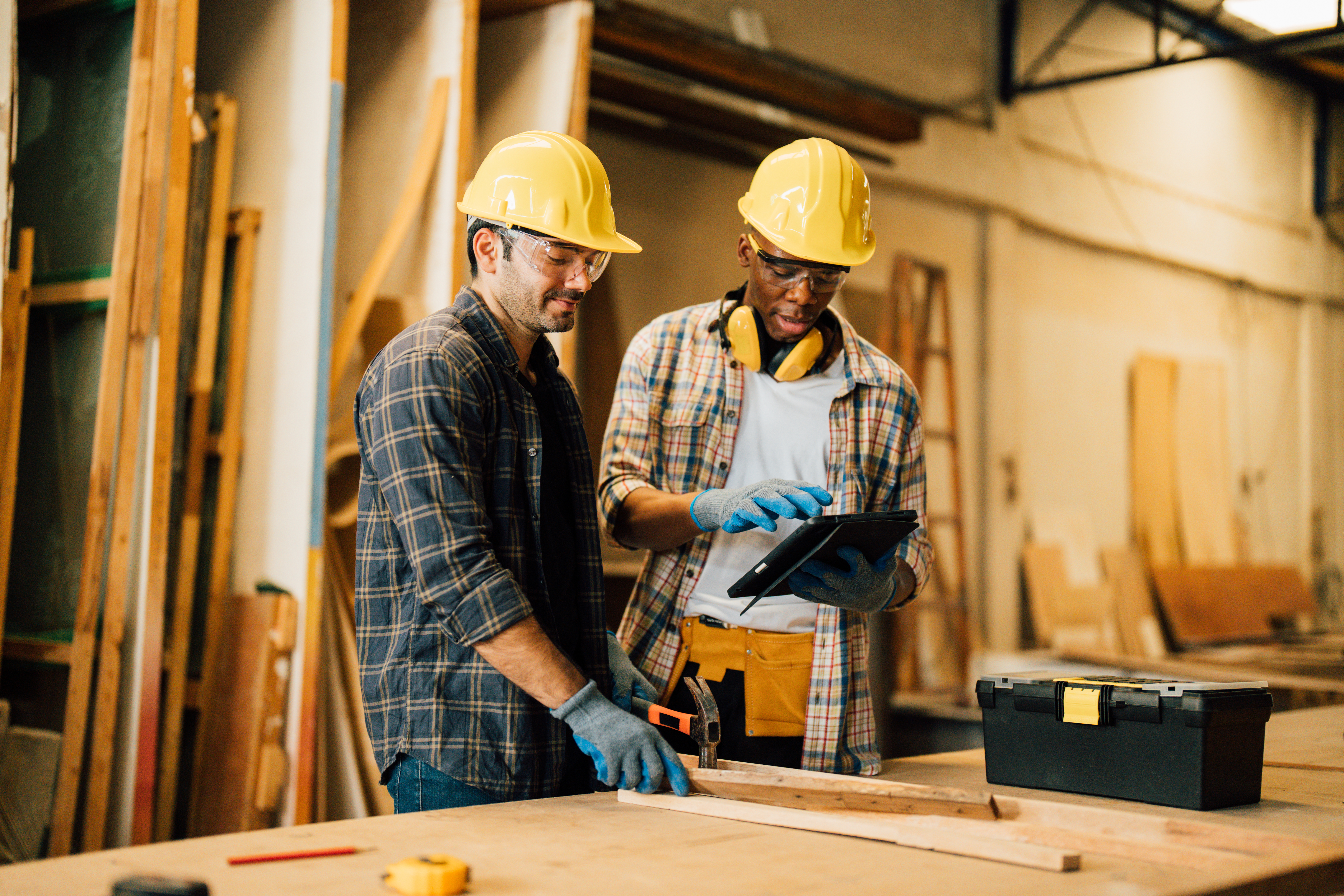Interview With Thomas Zoehrer on Artificial Intelligence: What Are Common Misconceptions About Computer Vision?

We talked to Thomas Zoehrer about the future of computer vision in manufacturing and how it will shape the industry for years to come. Thomas is the CEO and Co-Founder or sSy.ai - a company focusing on computer vision and advanced analytics to support continuous improvement in manufacturing and warehousing. He considers himself as a hybrid, holding an engineering degree as well as a master's degree in economics and loves to "connect" technology and business requirements.
We talked about what CV is. Now, let’s talk about what CV is not.
Well, CV is also facial recognition, including identification used at airports (e.g., CLEAR, clearme.com).
However, that’s not of interest in most manufacturing operations. Even when we are tracking organic objects, we are purely interested in object movements.
We do not own data about operators. We process metrics, and that information is in clients’ possession.
What are some real examples of how CV has helped manufacturing companies improve?
Just recently, we identified hotspots at one of our projects. We investigated and discovered that this operation spent more than 10 hours filling in timesheets. On top of that, 6 hours were spent walking to those worktables.
After seeing the results, the company owner said that they knew there was a problem, but they didn’t know how big the problem was. Most likely, we will use our technology to route and track the products and eliminate all the efforts for those non-value-added services.
The ROI of that example is also spectacular—4–5 months. That's one example of our daily work—very low investment to generate the data, straightforward heat-map analytics, and a very short time for the return on investment.
What are some of the technologies that a manufacturing company needs to successfully implement CV?
That is a simple answer—our customers use common off-the-shelf video cameras. At sSy.ai, all we need for our systems is standard camera footage, and we can provide quite advanced analytics.
Many vendors of CV solutions are using specific proprietary hardware/cameras—we don’t. No travel, no installation or integration, no on-site efforts from us—110% remote, as I like to say.
An insurance company that cares about you and insuring the things you wish to be insured.
Get a Quote> Find an Agent>

